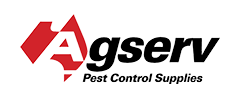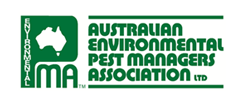Why pest identification is the first step in a sound management plan
Pests can be a nuisance and a threat, but what is even more of a threat is incorrectly identifying a pest, which can lead to:
- Damaging your reputation.
- Wasting money on unnecessary call-backs.
- Potential homeowner action if the pest poses a health and safety risk or environmental issue.
To address any pest problem effectively, the first and most crucial step is pest identification. This step sets the foundation for a successful and sustainable pest management plan.
Let’s delve into why identifying pests is so critical.

Precision matters
Imagine trying to solve a jigsaw puzzle without knowing what the picture on the box looks like. Pest management is similar – you need to know exactly what you’re dealing with.
Different pests require different strategies for control. For instance, the treatment for a cockroach infestation is entirely different from what’s needed for a termite problem. Indeed, even different species of cockroach could require different treatments. Identifying the pest in question allows you to choose the right tools and methods for effective control.
Environmental responsibility
Using the wrong control methods can harm beneficial organisms. Misidentifying pests can lead to the use of harmful chemicals that affect beneficial organisms and ecosystems.
Proper identification enables you to select management strategies that are tailored to the pest at hand, minimising collateral damage and safeguarding the environment and homeowners.
Cost-effectiveness
Accurate identification can save money by avoiding unnecessary treatments or re-tries due to ineffective methods. Instead of wasting resources on trial and error, you can invest in pest control methods that are known to work for the identified pest.
This not only saves money but also conserves resources and reduces the overall environmental footprint of pest management.
Health and safety
Some pests pose health risks to humans and animals. Knowing which pests are present helps in taking appropriate safety measures. For instance, certain pests may transmit diseases or cause allergies.
Identifying the pests correctly ensures that you can implement safety measures such as protective gear or preventive actions to protect your health and the health of your loved ones.
If you want to know more about pest identification or want to make sure your team are fully trained, click here



